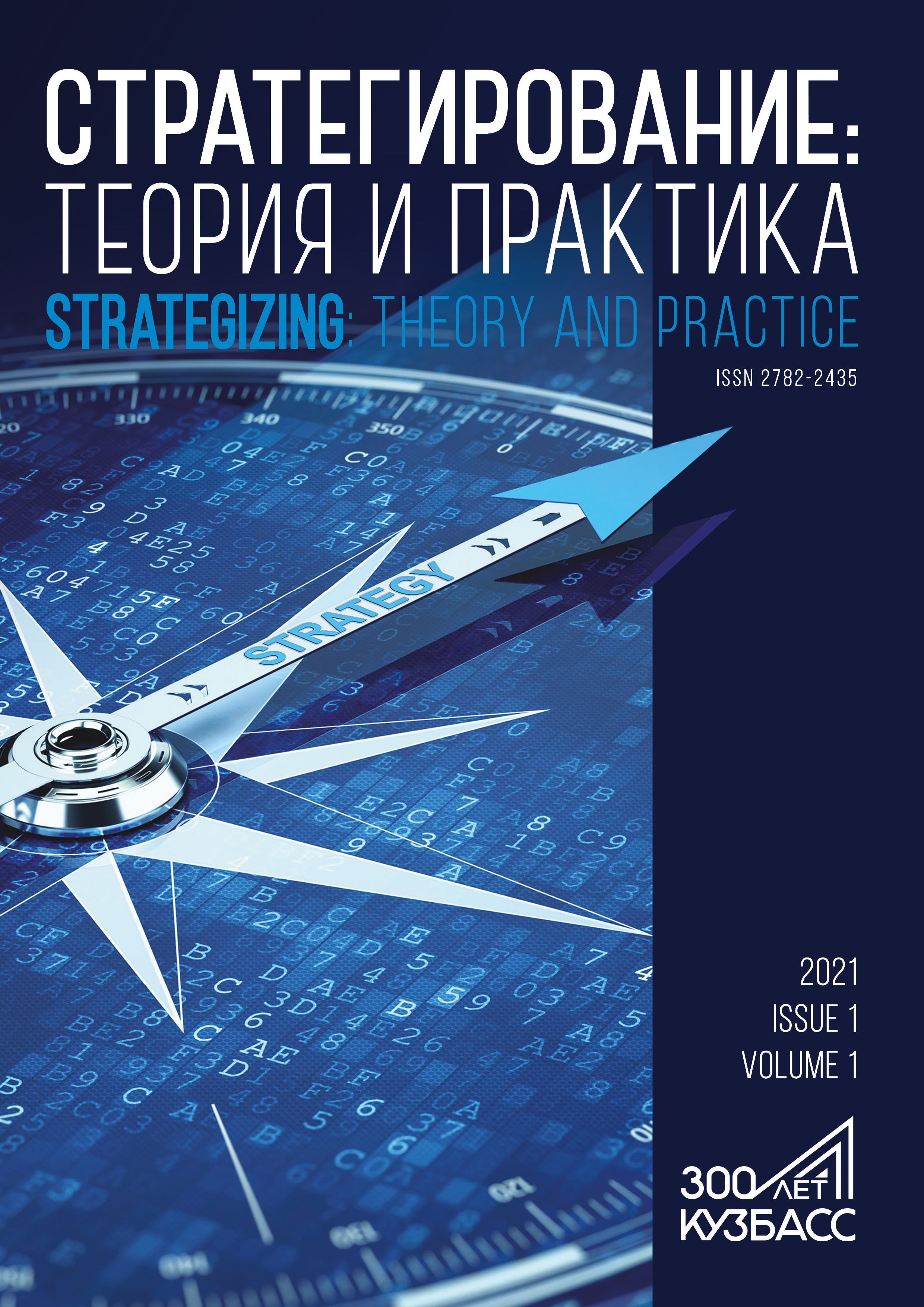Kemerovo, Russian Federation
Kemerovo, Russian Federation
Kemerovo, Russian Federation
Kemerovo, Russian Federation
Introduction. The Tourism and Recreation Cluster of Promising Development – Mezhdurechensk is a relevant project for the Mezhdurechensk urban district. The Cluster needs a good organizational and functional structure, as well as a clear division of operational functions and management tasks. The project aims at diversifying the economy of Kuzbass and overcoming the region’s dependence on the industrial sector, as well as the problem of single-industry towns. Study objects and methods. The article focuses on the following local points of attraction: the city of Mezhdurechensk, the Yugus and Syrkashi mountain complex, Podnebesnye Zubya mountain range, the Black Salan mountains, the Megaliths of Izygash and Kuylyum near Orton village, and the ethnovillage of Studeniy Plyos. The research involved the complex, system, comparative, cartographic, and ecological analyses, as well as the method of OTSW analysis. The latter revealed the opportunities, threats, strengths, and weaknesses of the project. Results and discussion. The authors followed the strategizing methodology of the scientific school developed by V.L. Kvint, Foreign Member of the Russian Academy of Sciences. They proposed strategizing measures for the Mezhdurechensk Cluster based on a detailed analysis of municipal, regional, and federal programs and strategies of tourism development. If managed properly, the Cluster will bring in various economic benefits, thus increasing the competitive advantage of the area and improving the positive image of the Mezhdurechensk urban district. Conclusion. The new strategy will improve the local supporting and servicing infrastructure, as well as diversify the local mining-based economy and human capital, which are important for the strategic development of tourism and recreation. The article is addressed to experts in the fields of tourism, hospitality, branding, and territorial marketing.
strategizing, strategy, branding, marketing, cluster approach
1. Averina LM, Makarova IV, Kudryavcev AL. Predposy`lki sozdaniya i razvitiya territorial`ny`x proizvodstvenny`x klasterov [Prerequisites for the creation and development of territorial production clusters]. Ekaterinburg: Institute of Economics of the Ural Branch of the RAS; 2006. 45 p. (In Russ.)
2. Grishin SYu. Upravlenie regional`ny`mi turistskimi klasterami [Management of regional tourist clusters]. St. Petersburg: Saint Petersburg State University of Economics; 2016. 209 p. (In Russ.)
3. Dzhandzhugazova EA. Cluster development: tasks and subtotals. Russian regions: looking into the future. 2017;4(4):1-14. (In Russ.)
4. Dorofeev AA, Bogdanova LP, Khokhlova ER. Ecotourism in Russia: Main destinations and tourist arrivals. Service and Tourism: Current Challenges. 2017;11(4):38-46. (In Russ.) https://doi.org/10.22412/1995-0411-2017-11-4-38-46
5. Kvint VL. The concept of strategizing. Kemerovo: Kemerovo State University; 2020. 170 p. (In Russ.) https://doi.org/10.21603/978-5-8353-2562-7
6. Lavrikova YuG, Malysh EV. The green economy in cluster development. Regional Economics: Theory and Practice. 2014;363(36):48-59. (In Russ.)
7. Mishulina SI, Molchanova VA. The goals of “green” clusters in tourism. Journal of Volgograd State University. Economics. 2021;23(3):51-62. (In Russ.) https://doi.org/10.15688/ek.jvolsu.2021.3.5
8. Porter ME. Competitive strategy. Techniques for analyzing industries and competitors. Moscow: Alʹpina Biznes Buks; 2005. 454 p. (In Russ.)
9. Porter ME. The competitive advantage of nations. Moscow: Alʹpina Pablisher; 2016. 947 p. (In Russ.)
10. Pyatovskiy AA. History of the Sheregesh Ski Resort establishment in Kemerovo Oblast (1990-2003). Tomsk State University Journal. 2018;(432):150-158. (In Russ.) https://doi.org/10.17223/15617793/432/20
11. Pyatovskij AA. Istoriya stanovleniya i razvitiya turistskoj otrasli Kemerovskoj oblasti (1943-2010-e gg.) [The history of the formation and development of the tourism industry of the Kemerovo region (1943-2010s)]. Cand. His. Sci. Abstract Diss. Tomsk: Tomsk State University; 2019. 21 p. (In Russ.)
12. Chkhotua IZ, Khvorostyanaya AS, Sadovnichaya AV, Pyatovsky AA, Yumatov KV, Shevchuk AV, et al. Strategizing of the tourism and trade show industries in Kuzbass Region. Kemerovo: Kemerovo State University; 2021. 371 p. (In Russ.) https://doi.org/10.21603/978-5-8353-2718-8
13. Chetvernaya spiral`: opy`t Evropejskogo Soyuza i praktiki razvitiya rossijskix regionov [Quadruple helix: the experience of the European Union and the practice of developing Russian regions]. Kemerovo: Kemerovo State University; 2019. 163 p. (In Russ.)
14. Cluster programs in Europe and beyond. Luxembourg: Publications Office of the European Union; 2019. 164 p. https://doi.org/10.2826/357551
15. Vasyutin SA, Deniskevich EN, Kim OV, Selezenev RV, Yumatov KV, Yakimova NS, et al. Kemerovo Region's experience of implementing and promoting cluster initiatives in tourism industry. Advances in Economics, Business and Management Research. 2018;61:270-276. https://doi.org/10.2991/icemw-18.2018.49.
16. Novelli M, Schmitz B, Spencer T. Networks, clusters and innovation in tourism: A UK experience. Tourism Management. 2006;27(6):1141-1152. https://doi.org/10.1016/j.tourman.2005.11.011
17. Kiryanova LG, Surtseva AA, Yumatov KV, Pyatovskiy AA. Tourism as a “post-staples” diversification for Russian remote resource-dependent regions: a new path for Kuzbass. Bulletin of the Tomsk Polytechnic University. Geo Assets Engineering. 2019;330(10):230-239. (In Russ.) https://doi.org/10.18799/24131830/2019/10/2319
18. Yalçınkaya T, Güzel T. A general overview of tourism clusters. Journal of Tourism Theory and Research. 2019;(1):27-39. https://doi.org/10.24288/jttr.465912
19. Yalçınkaya T., Güzel T. A general overview of tourism clusters // Journal of Tourism Theory and Research. 2019. Vol. 5. № 1. R. 27-39. https://doi.org/10.24288/jttr.465912
20. Aleksandrovaa AYu, Vladimirovb YuL. Features of establishment of tourism clusters in Russia (experience of Vologda Region). Service and Tourism: Current Challenges. 2016;10(1):47-58. (In Russ.)





